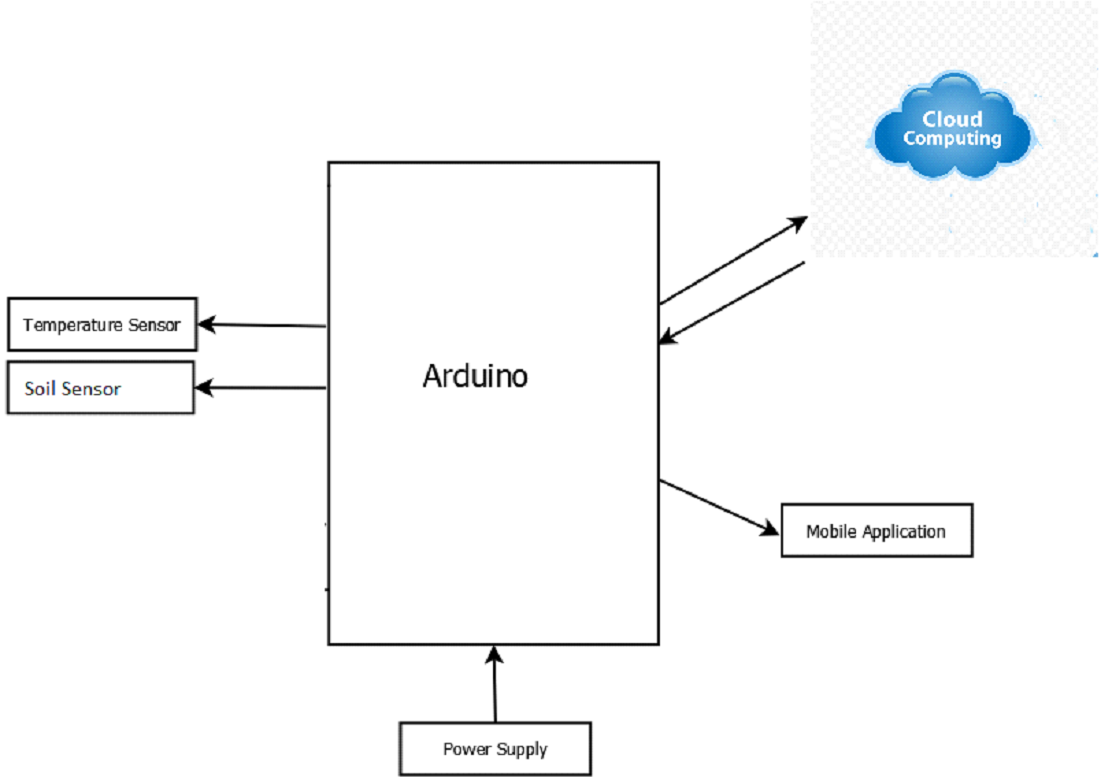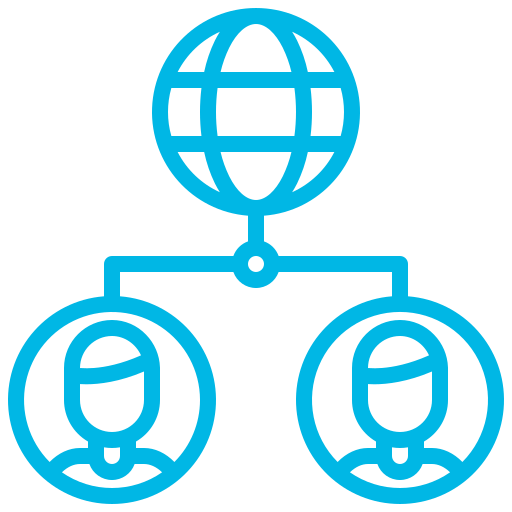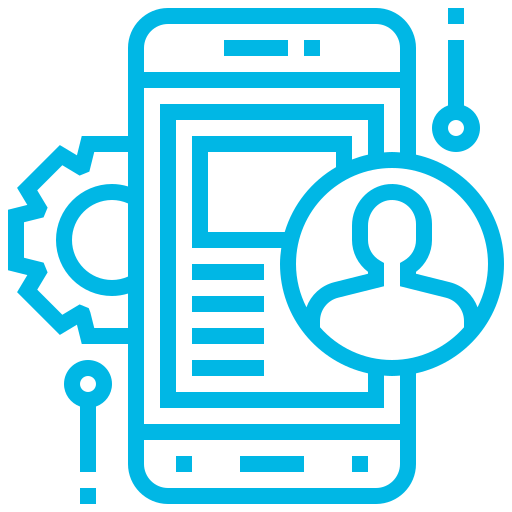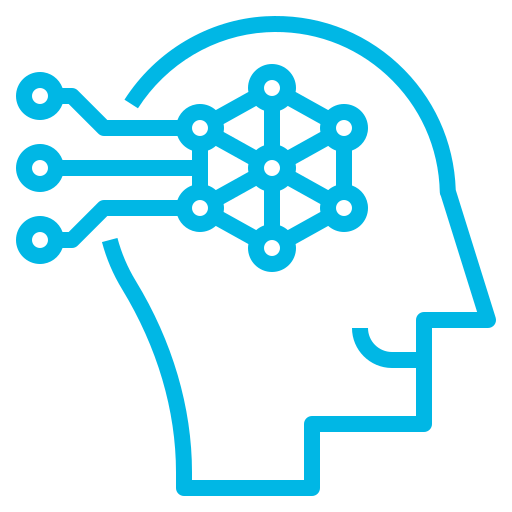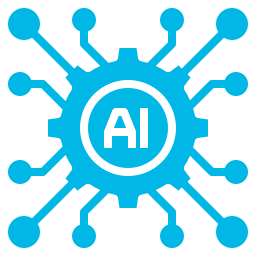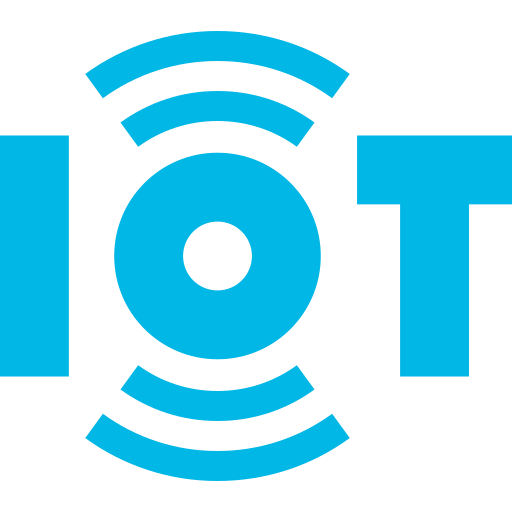Abstract
Soil plays a crucial role in the cultivation of crops, as it provides the essential nutrients required for healthy growth. The quality of soil directly impacts the crop yield, making it important to assess its nutrient content before planting. By testing the soil, you can determine if it has sufficient nutrients or if any are lacking or excessive. If any nutrient is out of balance, corrective measures can be taken to optimize the growing conditions. Here are some key benefits of soil testing:
Soil testing helps determine the best fertilizer recommendations to encourage plant growth.
t identifies whether there is a deficiency or excess of any nutrient.
Soil testing supports environmental sustainability by preventing over-fertilization.
It can save money by avoiding unnecessary fertilizer expenses.
Introduction
The Internet of Things (IoT) is playing vital role in present world specially, the Internet of Things (IoT) is transforming the agriculture industry and enabling farmers to contend with the enormous challenges they face.The industry must overcome increasing water shortages,limited availability of lands, difficult to manage costs, while meeting the increasing consumption needs of a global population that is expected to grow by 70% by 2050.New innovative IoT applications are addressing these issues and increasing the quality, quantity, sustainability and cost effectiveness of agricultural production. Today’s large and local farms can, for example, leverage IoT to remotely monitor sensors that can detect soil moisture, crop growth and livestock feed levels, remotely manage and control their smart connected harvesters and irrigation equipment, and utilize artificial intelligence based analytics to quickly analyze operational data combined with 3rd party information, such as weather services, to provide new insights and improve decision making. solution providers looking to build and sell new smart agriculture IoT.
The Arduino microcontroller board, such as the UNO or MEGA, is built around the ATMEGA 328P microcontroller. The Arduino UNO, for instance, is equipped with 32kB of flash memory to store program code. The board features 14 digital input/output pins, 6 analog input pins, a 16 MHz quartz crystal, a USB connection, an ICSP circuit, and a reset button. The UNO can be programmed using the Arduino software environment.
pH Sensor:
pH measures the acidity or alkalinity of a water solution, which is determined by the relative concentration of hydrogen (H+) and hydroxyl (OH-) ions. A pH value below 7 indicates an acidic solution, while a value above 7 indicates an alkaline solution.
